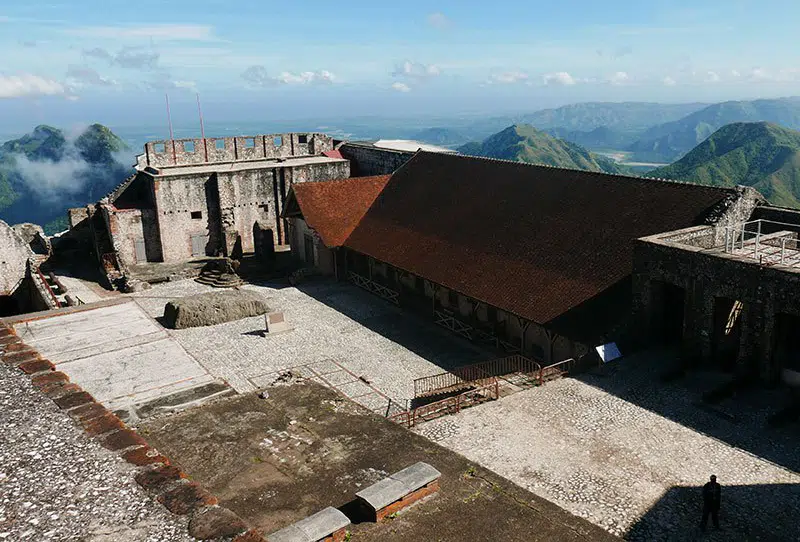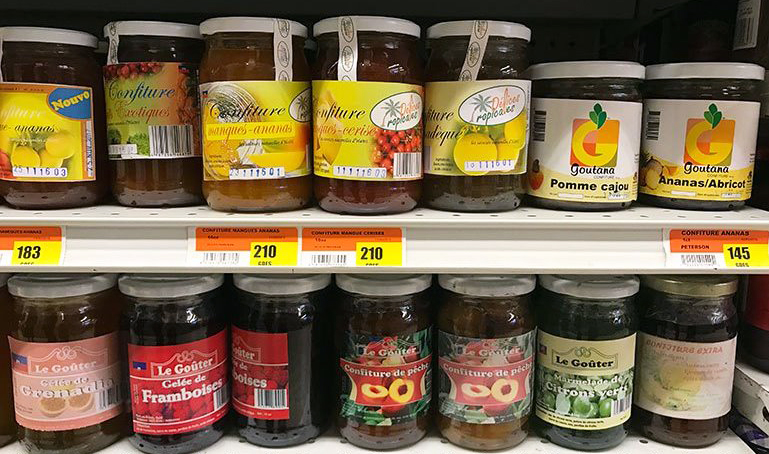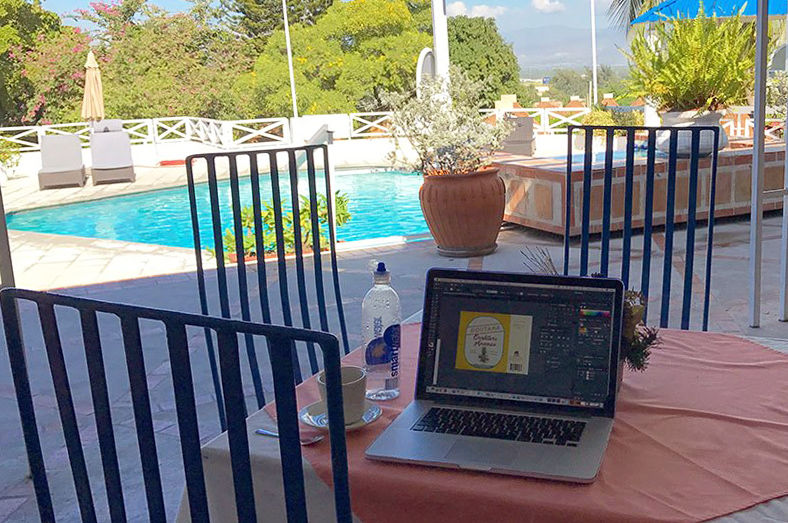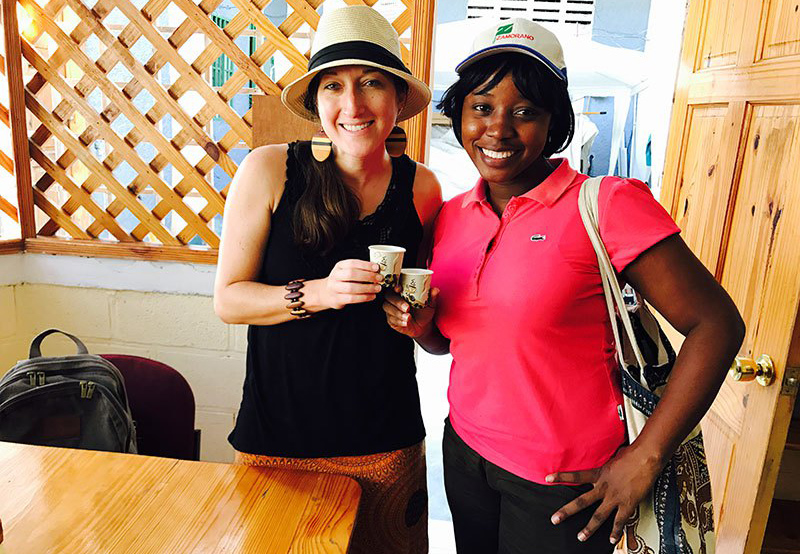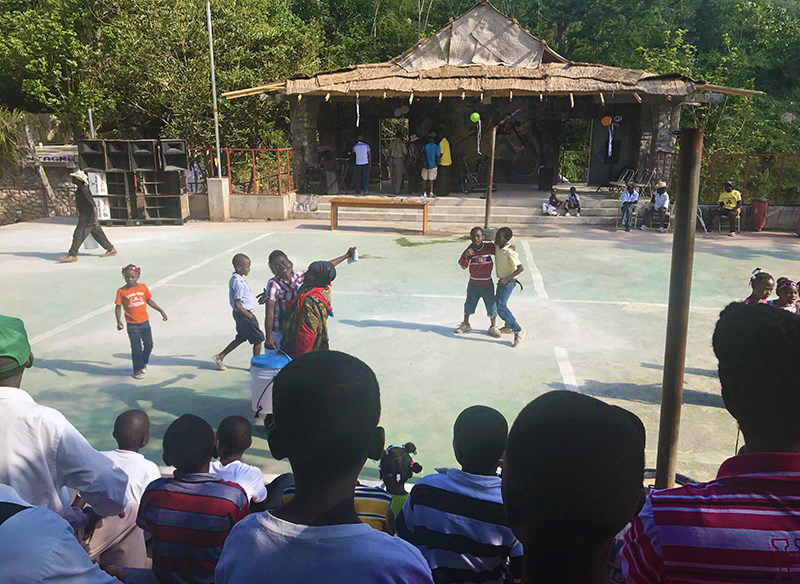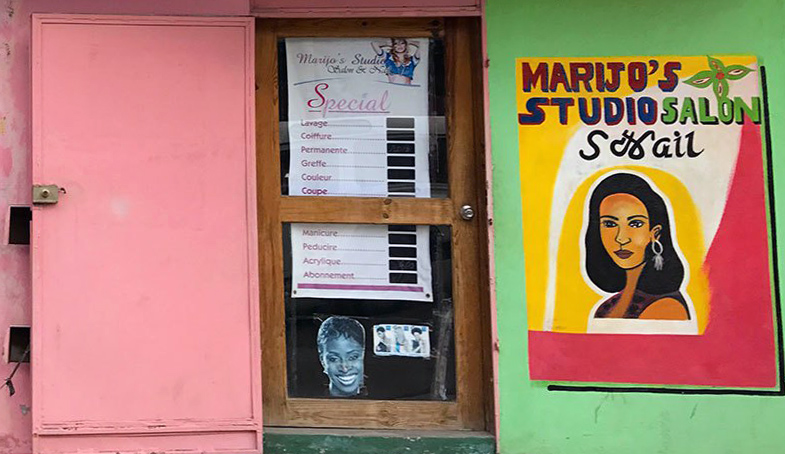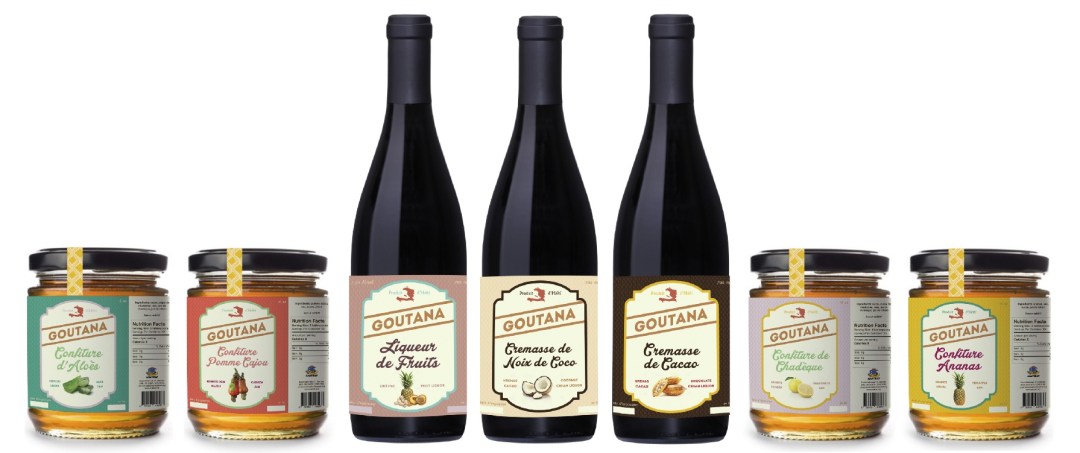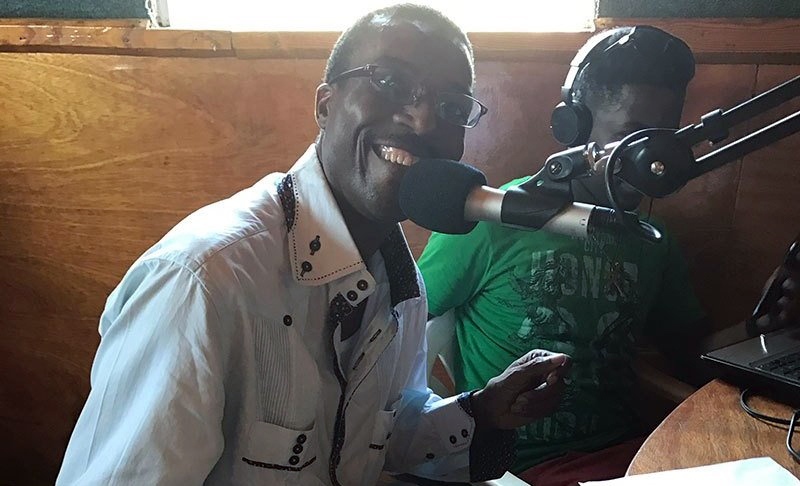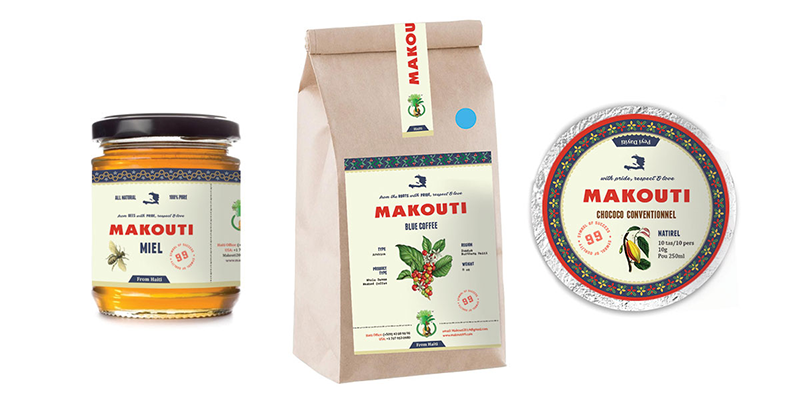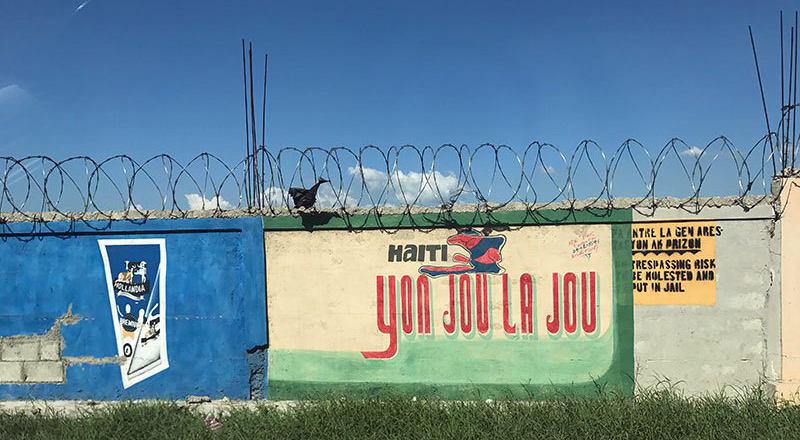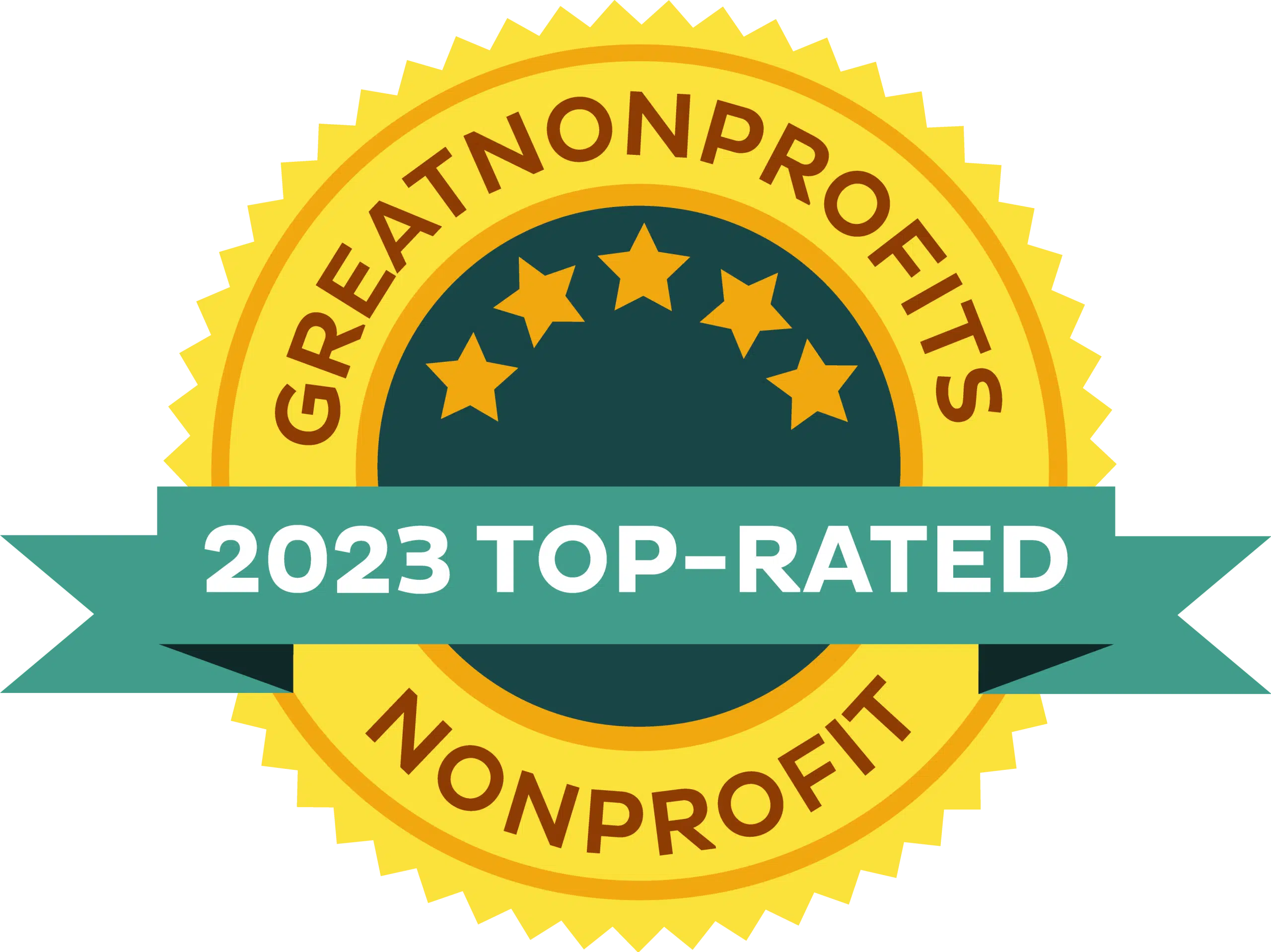Citadel of Henri Christophe, Cap-Haïtien, Haiti.
“Beyond the mountains, more mountains” Our guide, Eddie, gestures broadly to the horizon. “That’s a Haitian proverb. It reminds you not to think you are that important; there is always someone greater than you.” Looking out at the mountainous landscape surrounding the ruins of the Citadel of Henri Christophe, I find myself wondering about other interpretations. The land here is beautiful, lush and tropical. The mountains jagged in every direction until the land hits the sea, the Northern Coast of Haiti. Eddie points to where Columbus’s Santa María ran aground, the point of colonization.
The Citadel and nearby ruined palace of Sans-Souci represent the lost dream of the Haitian king (and former slave), Henri Christophe. Christophe, together with Jean-Jacques Dessalines, launched the world’s first successful slave rebellion, dramatically overthrowing the French — who were outnumbered by a factor of more than ten.
Christophe’s rule was mixed with Napoleanic ambitions and European ideals. He was widely disliked as an autocratic monarch and he committed suicide in 1820 before his visions were ever realized. His palace was destroyed by an earthquake shortly after. Slowly the land is reclaiming the ruin. With a history of ship wrecks, revolutions, earthquakes, and political struggles (past and present), “mountains beyond mountains” could easily also represent the centuries long struggle between the people of Haiti, their country and their land.
I am visiting Haiti as a volunteer with the USAID (United States Agency for International Development) Farmer-to-Farmer program. The program was established in 1985 by Congress “to provide for the transfer of knowledge and expertise of U.S. agricultural producers and businesses on a voluntary basis to middle-income countries and emerging democracies.”
My volunteer assignment was as a graphic designer and consultant working with two different agricultural associations in two cities (Port-au-Prince and Cap-Haïtien) to develop branding and label designs for new and current product lines.
Top Right: The client’s product with old labels in top right.
Products from Haiti face steep competition from cheap American and Latin American imports. My clients, Anatraf and Makouti are working to change that. They offer training and through a co-op, pool resources to allow small producers to bring products to market. Their goal is for Haitian farmers to evolve from subsistence farmers to entrepreneurs. They are making products they want Haitian people to be proud to buy and that will be desirable as an export to the U.S. and French markets specifically.
Melissa’s workspace at the hotel in Port-au-Prince.
It was no small task to immerse myself fully in Haitian culture, to understand the challenge of bringing products to market in Haiti, to determine what messaging and visuals were important to consumers, and finally to create a meaningful and versatile design that speaks to a diverse audience within in a two week time period.
My journey didn’t start at the palace ruins on the mountain top, it started in Port-au-Prince.
***
To leave the chaotic airport in Port-au-Prince is to step into an unknown world. I find Stessy, field officer for Farmer-to -Farmer; her warm smile cuts through the pandemonium. “Welcome to Haiti.” She says.
The kick off meeting with my client was much like any other project kick off. We discussed the line of products produced by Anatraf, their target markets, their current designs, their vision for the future of the brand. Stessy translated, although our Fulbright scholar client spoke great English. We decided to keep the parent company, Anatraf on the label as a logo (previously developed) but to use their new name “Goutana” as the consumer-facing brand name. Goutana means “Taste of Ana,” which stands for Anatraf. They wanted the brand to communicate quality and evoke pride in Haiti. They wanted to bring the packaging up to international standards in regards to nutrition facts, ingredients lists and other mandatory information. I was happy to dive in.
Melissa (left) and Stessy (right).
Day three in Port-au-Prince was our market research day. Stessy and I joined Anatraf’s distribution manager and visited four markets where products would be sold. We visited to get an idea for the competition and review the label designs of other Haitian and import products. This was a grand, behind-the-scenes tour of Port-au-Prince. We made six stops in addition to the four market visits. We dropped off merchandise at the nicest hotel in the hills, we stopped on a quiet bougainvillea-lined neighborhood alley, we got an estimate from an auto mechanic, and visited an industrial site. None of these stops were explained, but I basically gathered that we were going through the daily errands of Anatraf’s distribution manager. Distribution was tedious work in Port-au-Prince. Anatraf personally delivered products to all their stores, labeled it and shelved it on the spot. They would then have to regularly follow up with the stores to receive payment (products were on consignment) and to pick up expired products.
Haitian culture is very focused on the present moment. The “time is money” mentality that exists in America is non-existent. People linger. As I eased in to my stay I fell into the rhythm, letting tomorrow happen rather than discussing the agenda in advance. I had to learn to let go of some control.
After a productive yet emotional week, I was ready to escape the chaos of Port-au-Prince. My client had planned for Stessy and I to attend a mountain fair in a rural town. There I was to meet the director of Anatraf, and see the product on display at a festival of local food and culture.
Away from the hectic atmosphere of the city, I see my first glimpse into Haitian culture, rooted in family and community. The mountain fair was on an open, rocky and grassy area of a mountaintop dotted with tropical vegetation. There was a covered cement structure which served as the market and a simple stage with a thatched roof. A basketball court doubled as a dance floor. Dotted across the landscape, various artisans were selling their art and crafts. It was like any fair anywhere in the world with school groups, families and community members coming together in celebration. I tried joumou, a squash soup known as the soup of independence, which is consumed during the holidays and around the new year – January 1 is Haitian Independence Day.
Vallue Mountain Fair.
The evening brought a theater performance depicting a vodou play with dancing and drumming. Performed in Creole, the play’s meaning was lost on me, but I loved how the crowd seemed to laugh, dance, ohhh and ahhh in sync. The theater performance gave way to musical performances and the mountaintops were filled with Haitian rhythms. The saxophonist leaves the stage and mixes with the crowd. Older men dance by themselves, keeping their own rhythms. Teenagers share their first awkward encounters with one another. It is all very familiar.
All through the city and mountain adventures, I worked on the labels for Anatraf, first presenting three design options for two products – a jam and wine. The client choose a design and with some modifications, I soon had my template that would be applied to the 17 products. There was some trial and error in finding photographs that correctly reflect the varietal of fruit found in Haiti.
Color palettes were inspired by the colorful paint combinations gracing the storefronts of Port-au-Prince. Each fruit product was assigned a color that would be used as the background of the label and paired with secondary, complementary colors. The client was pleased, and most of the feedback revolved around translations, photographic selections and branding hierarchy.
Color inspiration from Haitian storefronts.
Seven of the final 17 labels designed for Anatraf.
Feeling revived by the mountain fair and happy with the work completed so far, I packed my bags for Cap-Haïtien.
***
Cap-Haïtien is a city in Northern Haiti, a quick 28 minute flight from Port-au-Prince. I am here to work with another agricultural association, Makouti, the dream of Jasmin Benito Migny, who is also my airport pick up.
Benito is the Country Coordinator of the Farmer-to-Farmer program. In Cap-Haïtien, he was my client and guide. Benito spends his time overseeing his training program, working with local farmers to bring quality products to a larger customer base. Additionally, he teachers at a high school, has a weekly radio show, and he started a charitable giving program to help send rural children to school. Immediately, I am drawn to him with his warm smile, gentle manner, professorial way of speaking and conviction of ideas. He has He believes in Haiti and his optimism is contagious.
Benito at the Cap-Haïtien radio station, where he has a regular show.
I am get the Benito tour of Cap-Haïtien, visiting markets (again for research), touring the town square, visiting the agricultural training center, and stopping to drink water from a coconut on the side of the road. At every stop, Benito greats many as friends. “I think you’re the mayor of this town.” I tell him.
Benito sees his organization, Makouti, as a vehicle for change in a country desperate for it. With the Farmer-to-Farmer program, he connects rural Haitian farmers with American farmers to cultivate a cross-cultural dialogue and develop entrepreneurial skills. Currently, Makouti products include: coffee, chocolate and honey – a delicious array. The target audience for the coffee packaging is American coffee buyers looking for Haitian arabica beans. The labels needed to communicate care and quality. The Makouti mission was important, so we added the phrase “from the roots with pride and love.”
The chocolate was sold raw, in circular tablets, individually or packaged in threes. It needed a front and back circular sticker, and a hang tag for the three-pack that would be sold in local markets. The honey was bottled in three sizes and sold locally. I had to include an existing graphic as an identifier for the brand, but developed a simple, bold type treatment to serve as the main logotype. To create visual interest and provide contrast between products, I designed three patterns specific to the product. These labels needed a blank version as well, so that Benito could, in the future, place the template (with branding and product name only) into a PowerPoint page and overlay information that would change over time. To this end, I provided the client with fonts, and full specs of each text area so they can easily load the fonts and replicate the style.
For four days I worked fast and furiously from my hotel overlooking the sea in Cap-Haïtien. Undamaged by the 2010 earthquake, Cap-Haïtien retains much architectural character from its days as a French colony with long balconies, colorful french doors, shutters and decorative balustrades. The gridded streets are lined with colorful bodegas with hand painted signs advertising “bon babay” meaning “good things”.
On my “tourist day” Benito and I drive an hour outside the city to see the Sans-Souci palace and the Citadelle Henry Christophe in the mountains. The site was nearly deserted the day we visited, even though it was Saturday at one of the biggest tourist destinations in Haiti, right before a holiday. Locals zero in on us offering a variety of jewelry and souvenir products. The hike up to citadel is only about a mile or so, but is a steep incline. Locals offer up a mule ride for the journey, but we turn down the offer, opting to hike. The views were astounding, and the citadel offered many exciting discoveries, most notably, the meticulously stacked cannonball piles, and the cannons themselves of British origin, decorated ornately with art and insignia.
The inscription on the monument read, “The Citadel of Henri Christophe is a living testimony to the determination of a people to consolidate his right to be sovereign and decide his own destiny.” It was a beautiful, breezy, warm day. My heart was pumping from the hike, and I drank up the clean air, 360 views, and contemplated the “mountains beyond mountains.”
***
For both clients, the labels I turned over were not necessarily “ready to print”. Anatraf didn’t have the nutrition information or barcodes yet, and Makouti needed to be able to modify the template to suit the varieties of products.
The labels were designed in Adobe Illustrator, which is difficult to use when you are not trained. Neither group has this software. To bridge this gap, I provided “blank” versions of the labels with blank areas where the nutrition facts and barcoades would go. I created a mock up, with specifications so that the files can be placed in another program and re-created. I provided color specifications and fonts and the Illustrator files in case another designer takes over, or someone in house is trained.
Final designs for Makouti: honey, coffee and chocolate.
Within a month or two, the 21 labels I designed for these two different agriculture groups should be in full use by the associations, thereby enabling them to put their products proudly on the shelves of the high end markets of Petionville, in small, local markets and offer them as exports. The goal is to increase demand and profits so as to directly benefit the farmers who are members of the association.
Within six months to a year, the organizations will need more labels. My work will have to be built upon, requiring another volunteer to step in, me to return, or the talent to be sourced locally – a challenge.
A painted sign in Port-au-Prince declares, “Haiti, Yon Jou la Jou.” Stessy tells me it translates as, “One Day it Will be Day.” She says it is a hopeful saying, that one day light will replace the dark.
The people I met in Haiti already are this light.
Thank you to Partners of the Americas, Farmer-to-Farmer program for sending me on this great adventure. Thanks to Stessy and Benito for being stellar guides and translators.
